Unsettling design history
This striking looking Munich art gallery has a dark past. It was the the Third Reich‘s first monumental structure of Nazi Architecture, first opened in 1937 as Haus der Deutschen Kunst – or House of German Art. A museum for what the Third Reich considered to be Germany’s truest art, designed by architect Paul Ludwig Troost, Hitler’s foremost architect at the time.
Now just the Huas der Kunst, it’s still an art gallery, used in a positive way – showing, for instance, Ai Weiwei’s retrospective a few years ago – without hiding what it once was.
Here are some parts of the building that seem to be unchanged.
I shot that door with my son next to it to give a sense of its mighty scale. Everything seems designed to make humans feel tiny, dominated and overawed.
More shockingly are the exterior details, also unchanged.
The most depressing use of mosaics I’ve ever seen, coupled with an unusual pot detail.
Here’s the Goldene Bar now residing in the back of the building close to the English Garden, but also incorporating some fittings and fixtures from the period of the building. It’s in the Wallpaper City Guide to Munich.
Just inside one of the gallery rooms, there was a huge photograph of Hilter and the senior Nazi leadership sitting on the balcony that’s right outside the Goldene Bar – in fact where my family were all sitting while I was taking these photos. I think it was part of an exhibition rather than being permanent, but either way it was chilling.
Almost every race has something to be ashamed of in history, but it was a strange thing to find myself weighing up the design of a building whose origins are linked to individuals and actions I abhor.
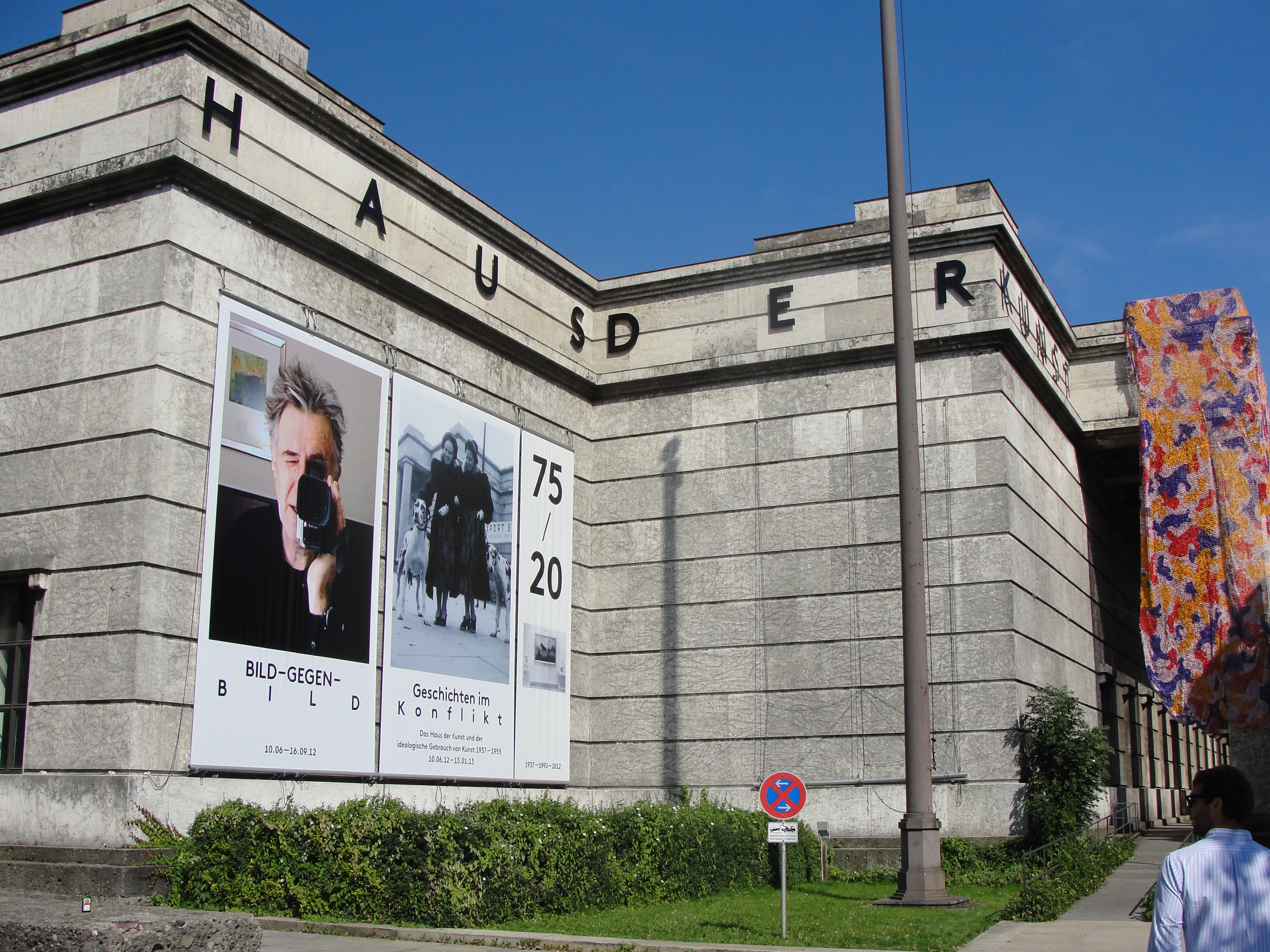
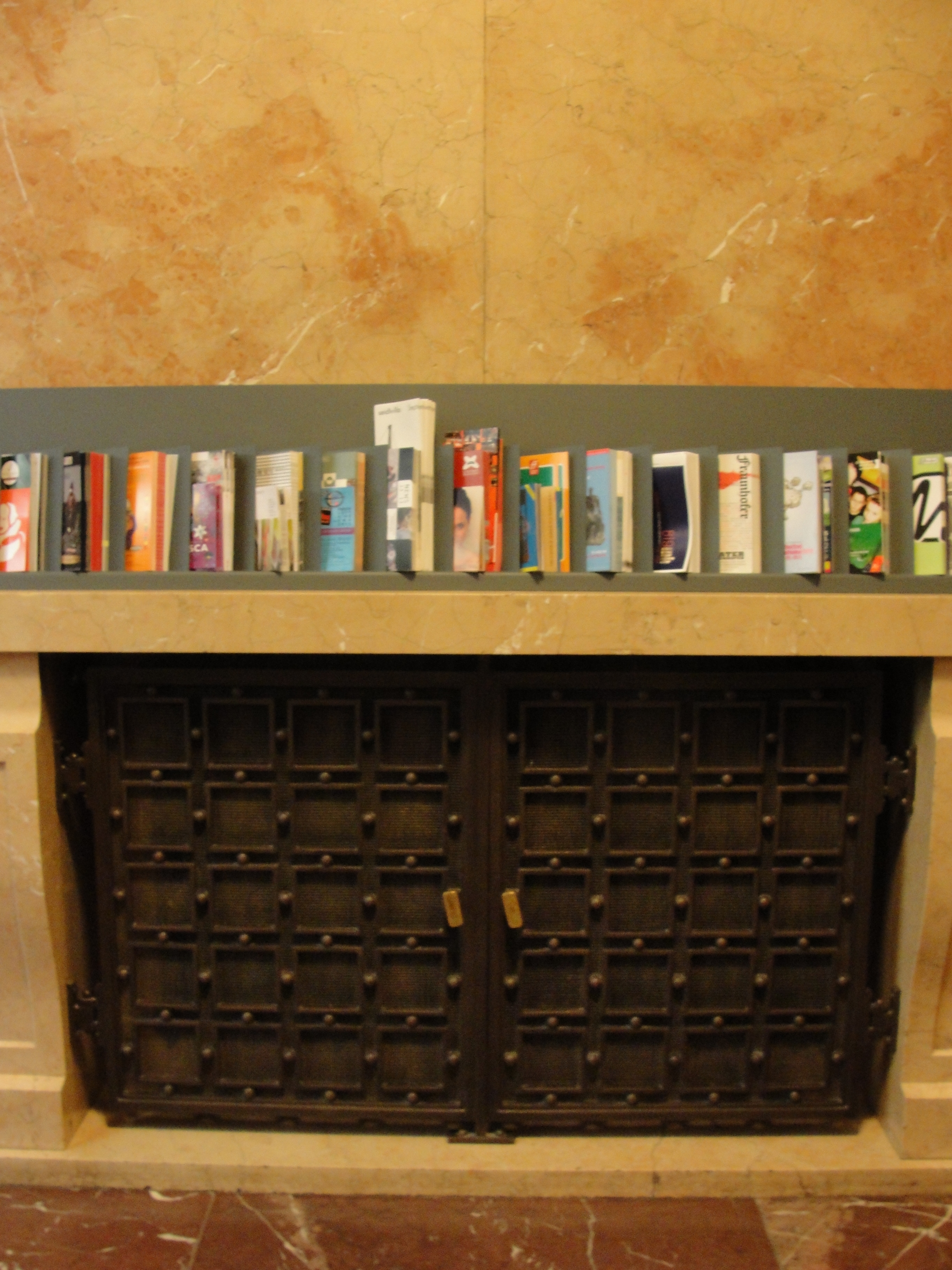
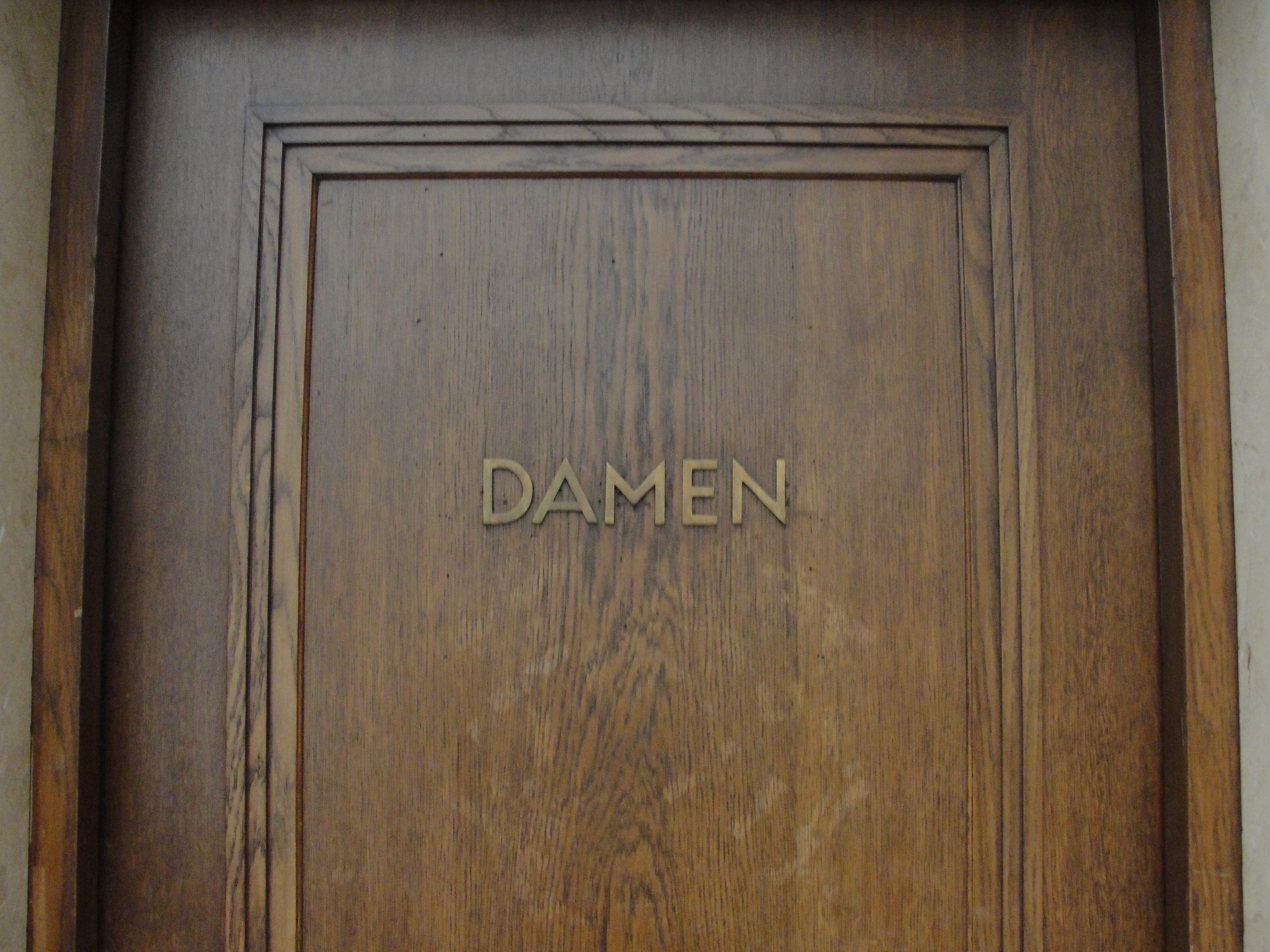
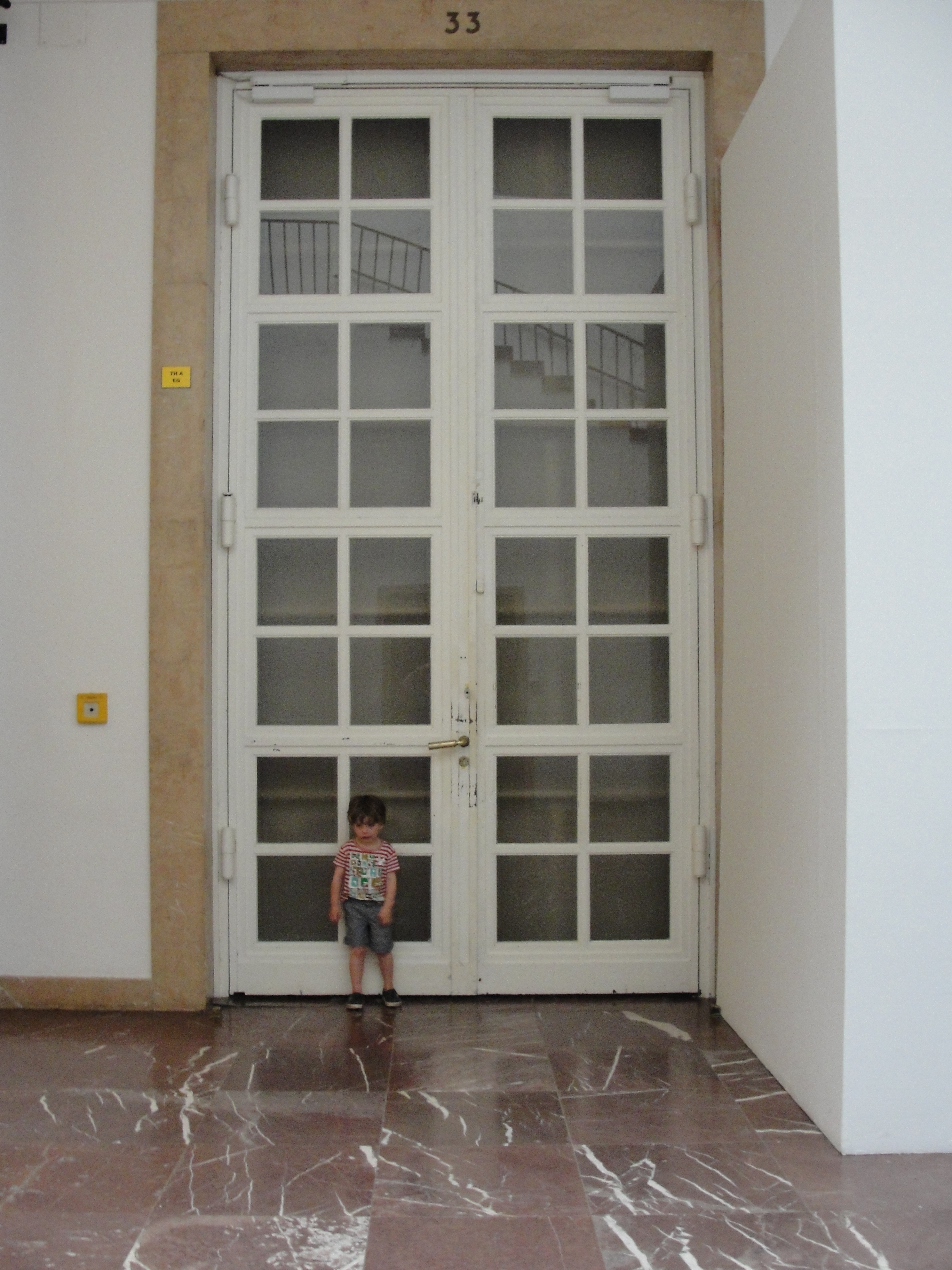
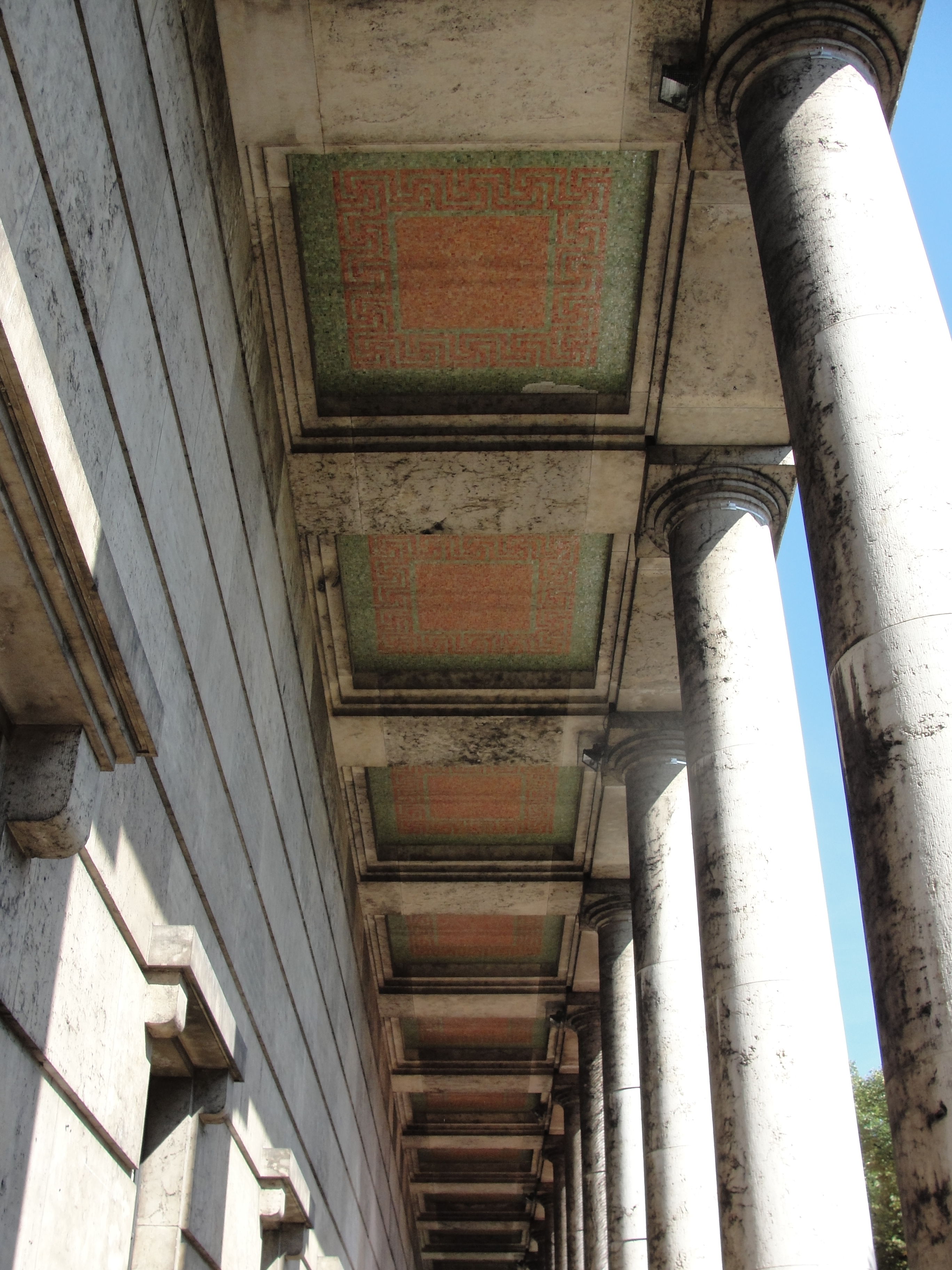
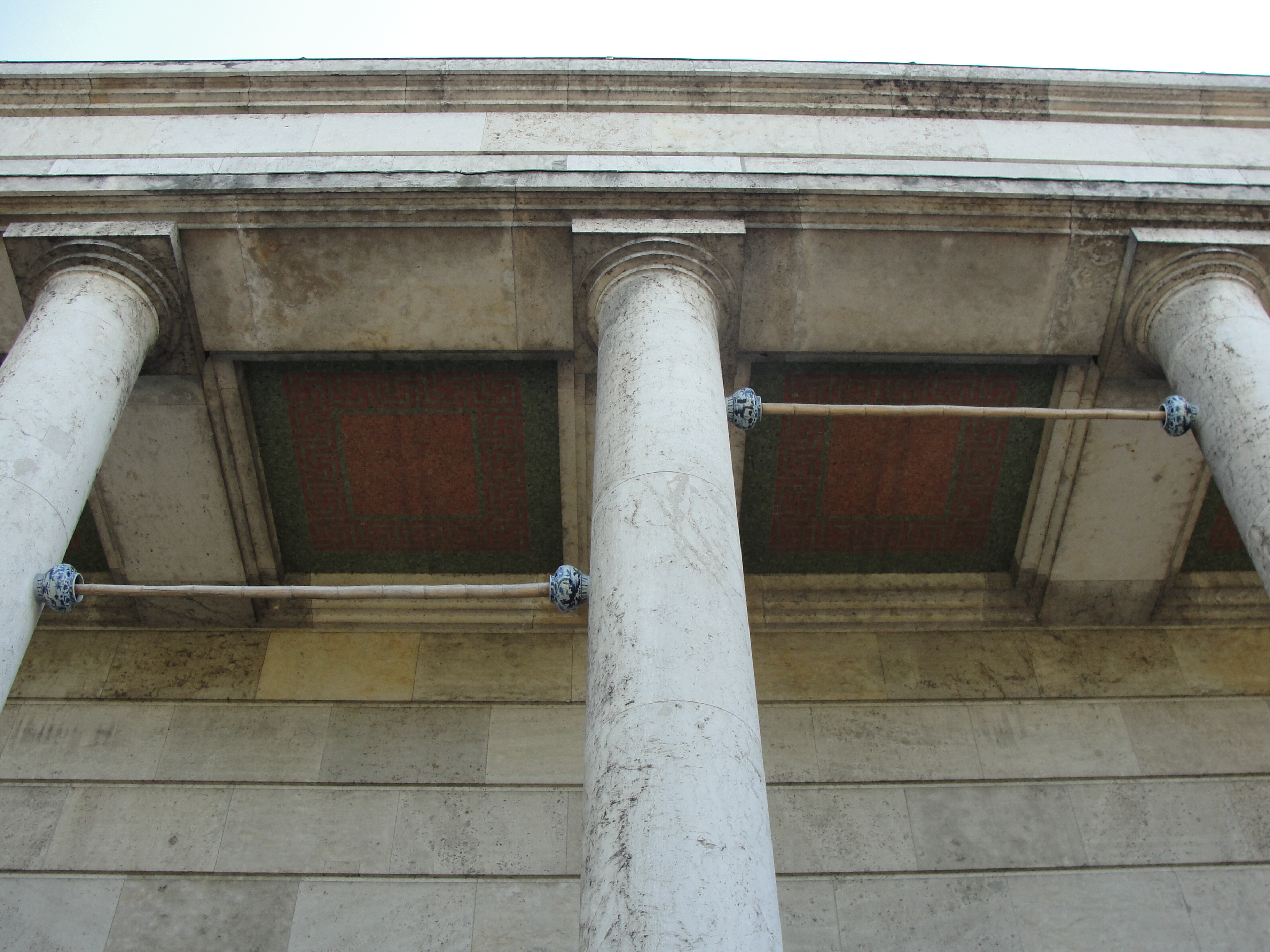



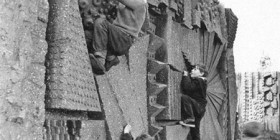
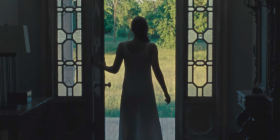
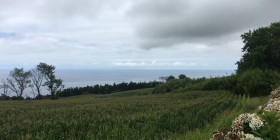
Chilling, indeed. The Goldene Ber turned out to be the “Last Chance Saloon” for Hitler, however.